Thanks to open standard consortiums such as the ORANAlliance, an open ecosystem of disaggregated and interchangeable components is now available. Network equipment providers are now able to commoditize hardware and […]
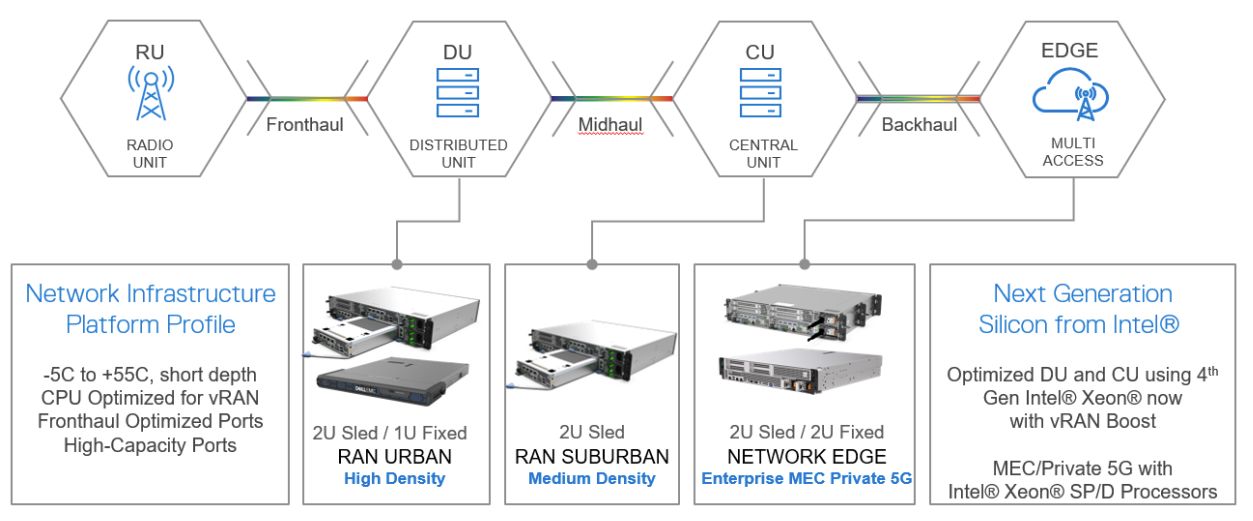
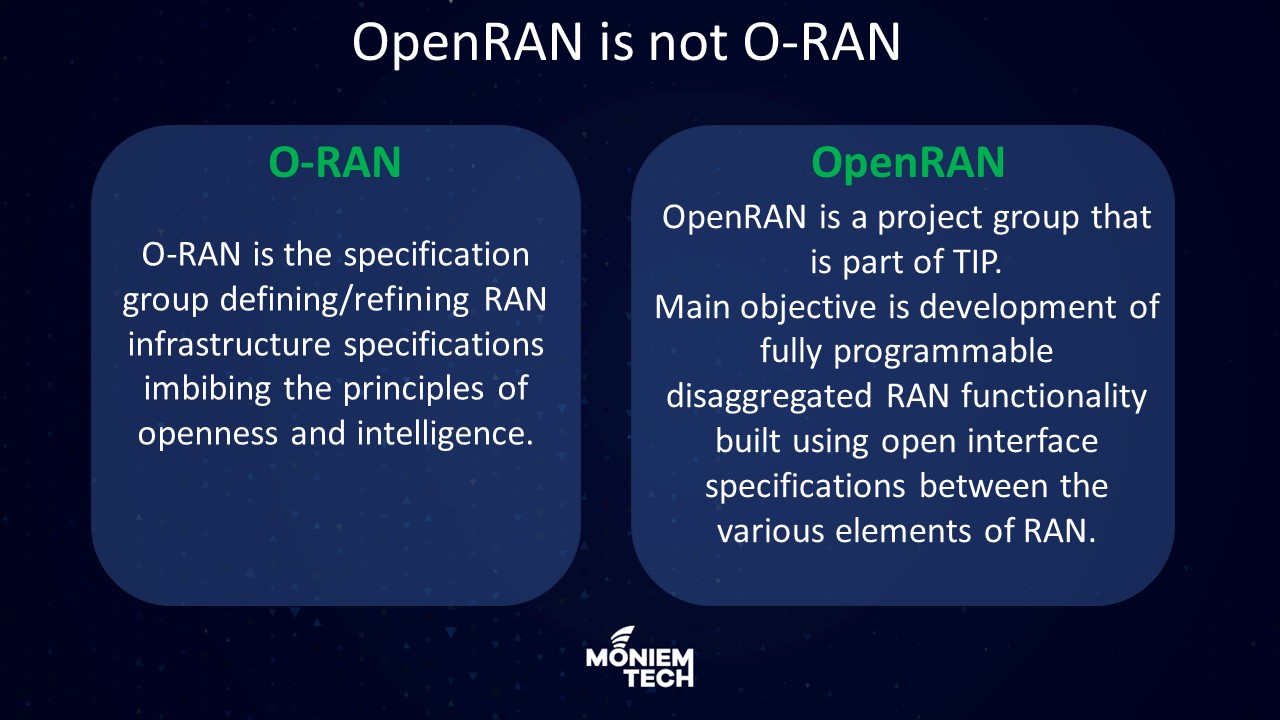
Generally speaking, I see many use the same word for different meanings, sometimes they need to refer to O-RAN and write OpenRAN and vice versa. So let’s understand the main […]

Virtualization is a journey that the telecoms industry has been on for several years to transform network functions into virtual network functions (VNFs). The VNF software is then decoupled from the […]
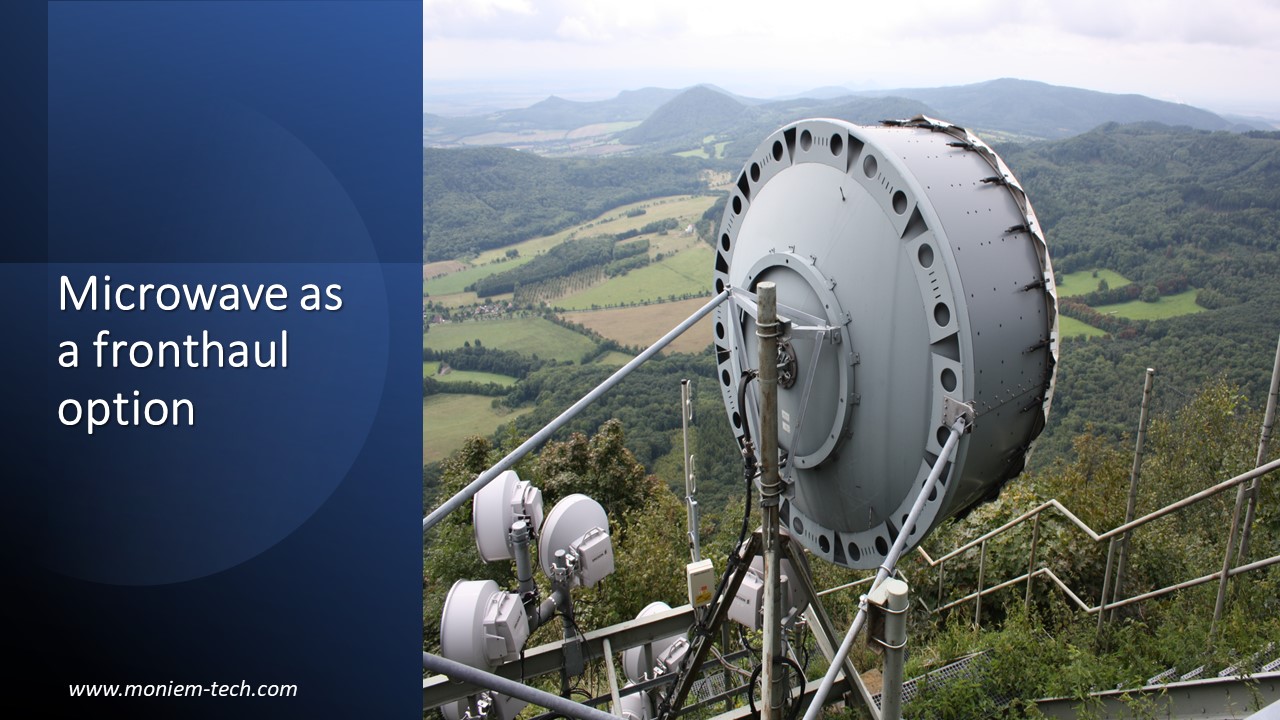
First, we need to understand the definition of Fronthaul. Fronthaul is the transmission connection between the Radio Frequency (RF) module and the baseband processing Unit (BBU) in the mobile wireless […]
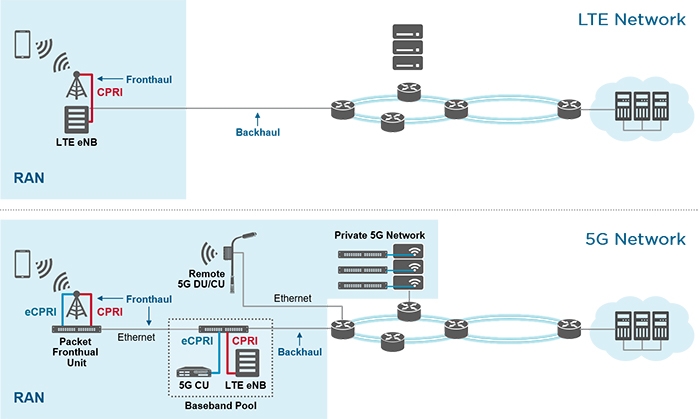
5G needs to move from CPRI to eCPRI because eCPRI uses standards-based Ethernet for fronthaul, replacing proprietary CPRI connectivity. This shift enables higher precision timing capabilities essential for vRAN and […]
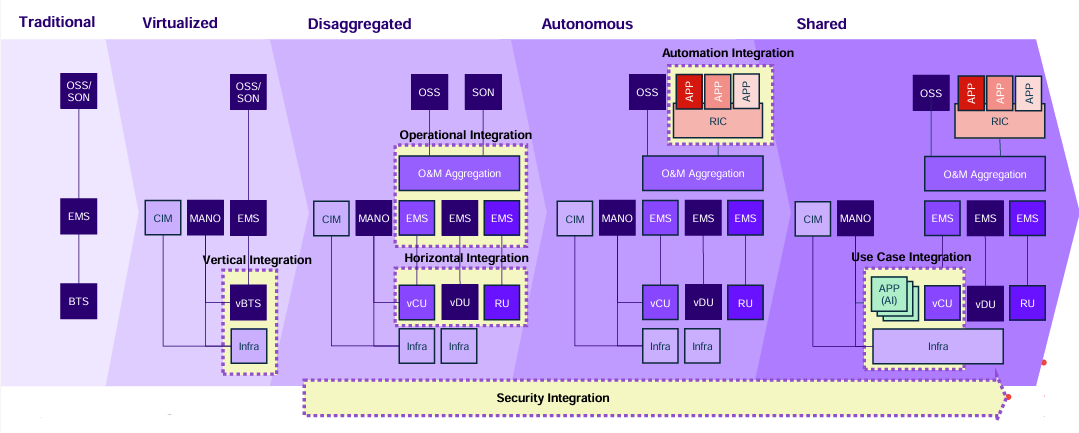
The biggest challenge in transitioning from traditional RAN to Open RAN is the integration of Open RAN components. Guess why! absolutely due to RAN itself getting disaggregated into smaller pieces coming from […]

3GPP defined the functional splits in 38.801 to formalize potential protocol split options. Functional splits are intended to allow functions to run in a central location ( ex. Data Center […]
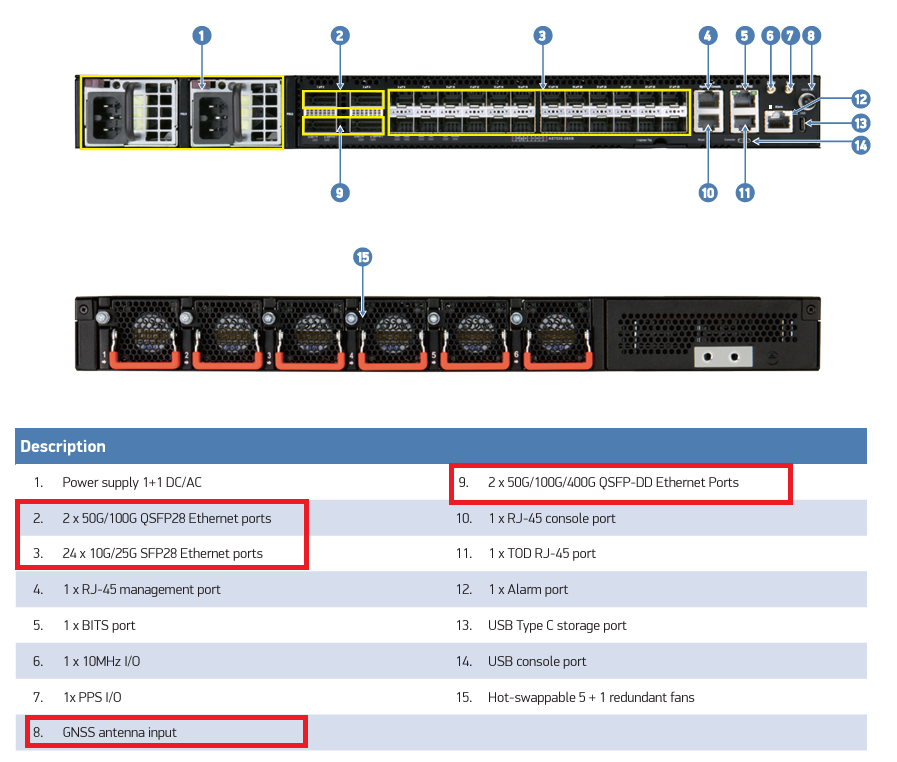
An Open RAN (O-RAN) is a nonproprietary implementation of a RAN that allows interoperability between cellular network equipment provided by different vendors. Mobile Network Operators (MNOs) are virtualizing the RAN […]

Going from expectations to reality means Open RAN is on the right road to go from reality to expectations. It’ll take some time and needs more cooperation between MNOs and […]

vRAN and OpenRAN are not new generations like 4G, 5G, or even 6G. It’s a new way of implementing of access domain in a new way helping at the end […]

Nokia goes further into this OpenRAN game by opening its fronthaul interface with three 3rd party vendors now. Nokia has already integrated third-party TDD RRH from three suppliers with its […]
